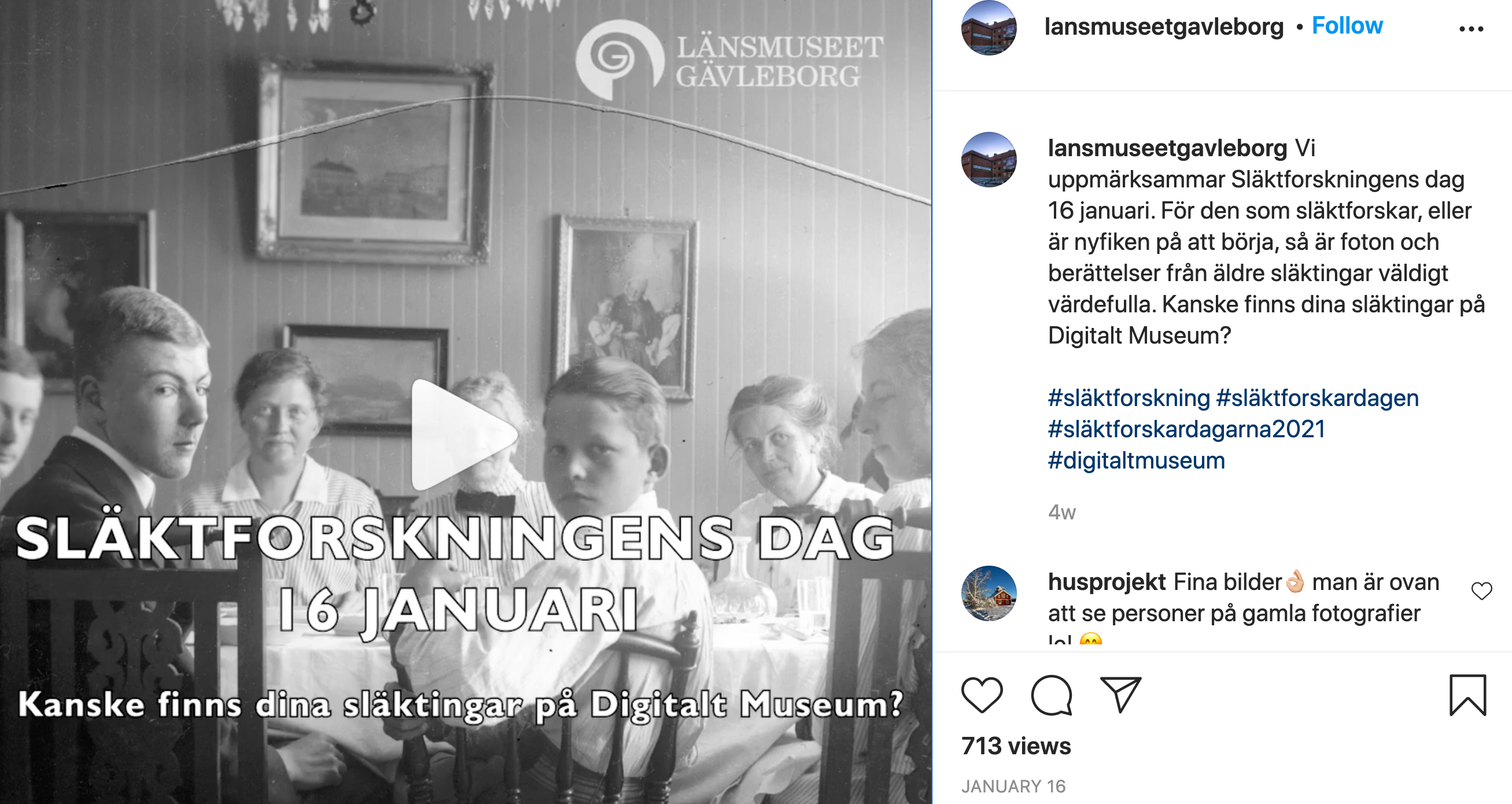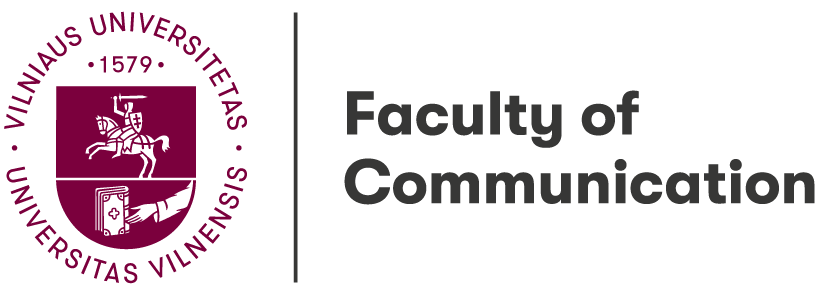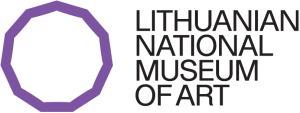
Locked down not locked out: how the County Museum of Gävleborg (Länsmuseet Gävleborg) responded to COVID-19
The pandemic has drastically changed the museum sector all over the world. Nowadays, many cultural intuitions have redirected their activities and engagements with communities into the digital realm. Such a shift facilitated new order in museology and the need for quick and constant digital transfer. How do museums cope with the new reality? What is the future of museology in the aftermath of Covid-19? These questions were directed to Hans Lindholm Öjmyr, a director of the County Museum of Gävleborg (Länsmuseet Gävleborg).
Nadzeya: Hans, please introduce the museum and its collections.
Hans: Länsmuseet Gävleborg is a regional museum with a museum building in Gävle (Sweden). The Gävle County Museum encompasses both the provinces of Gästrikland and Hälsingland, and we have the whole county as our workplace. We work with cultural history, art, building and landscape conservation, archaeology, and various cultural projects in the county’s municipalities. The Museum is active in three areas. 1. Collections, mainly a large collection of historical significance for the region, from archaeology to present-day items. 2. Exhibitions, digital communication, and public work in the region. 3. Archaeology and building conservation.
Nadzeya: How has the pandemic affected the Museum’s operation?
The Museum has been closed for public visitation since December 19, 2020, until then, the number of visitors dropped dramatically. Incomes from the shop and rentals of conference rooms decreased. Exhibitions have been canceled as well as all public work, both in the Museum and in the region. In response, we have to increase digital communication with the museum community and other audiences.
Nadzeya: How does the Museum engage with the community during the lockdown?
Hans: Mainly through digital communication in social media. The Museum produces several videos or photos every week. We can see an increase in followers and activities via social media. For example, we regularly offer online excursions and short videos about the Museum and its artworks.
Nadzeya: How does the Museum enhance its digital presence?
Hans: We have prioritized digital communication: more staff members have been working with content and production during the pandemic. Education in different ways of the digital tools we use. We have organized internal Teams and Zoom classes as well as having invited external expertise. A lesson we have learned is that museum professionals have a different level of digital competencies, and we have to cope and provide more training.
Nadzeya: How do you see the future of museology in the aftermath of the Covid-19?
Hans: The digital track will be as obvious and important as exhibitions or collection management in the future organization. This change of mindset will take years to implement. The future of a museum is tough. New ways of financing must be developed parallel to a slimmer and more efficient organization management.
Nadzeya: Thank you, Hans!
Picture: Genealogy Day at County Museum of Gävleborg
Source: https://www.instagram.com/p/CKF-ZPtoAoC/




